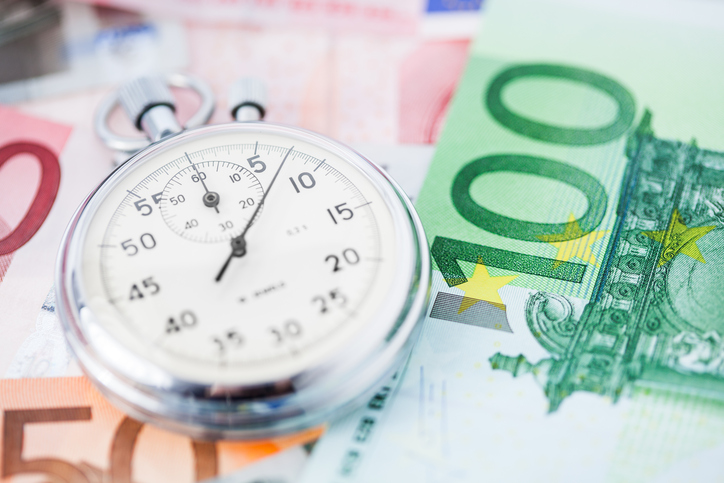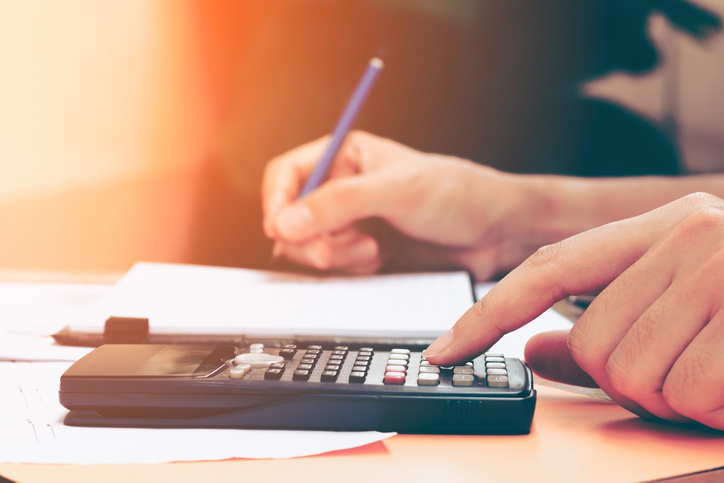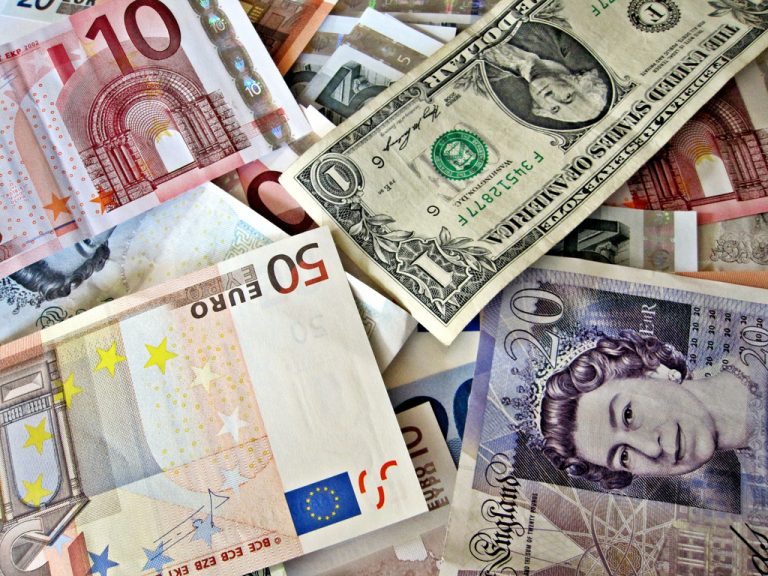Just a couple of months ago, the Asian Development Bank reported a $1.5tn USD trade finance shortfall, that is, thousands of businesses needing access to finance to export or import overseas could not access finance. Given that trade accounts for roughly 7% of total global GDP, it’s a big issue. But what does this mean for Africa, and what does 2018 look like for trade finance?
Is Africa the new player on the block for trade finance?
Trade finance is the umbrella term for the financing of goods, products or services overseas, incorporating many finance structures and other services such as insurance and foreign exchange.
Global growth tends to be focused on Asian markets, yet according to the African Development Report, Africa has seen huge growth, over 2% consistently in the past 20 years, thanks to a surge in imports and exports, trailing just behind Asia.
80% of this trade is outside of the continent, to the EU, US and China.
Trade finance is critical to Africa’s growth, given it’s reliance on intra-regional trade, yet according to the Asian Development Bank’s report on 45 African countries, there is a significant deficit in trade financing from international banks.
Why is there a shortfall of trade finance provision in Africa?
- Underdeveloped banking infrastructure – trade finance relies on law firms, advising and confirming banks, sophisticated risk assessment and risk mitigation processes, insurance and legal infrastructure in order to function smoothly, much of which is still at infancy in many African markets
- Poor creditworthiness – despite the presence of local banks in Africa, their ability to assess risk when issuing a Letter of Credit, banks still reject around 10% of trade finance applications
- Lack of US dollar liquidity – because many local African banks have low foreign exchange reserves in their local currency, access to capital and liquidity is a barrier for trade finance with international banks
- Retraction from risky markets – due to the perceived risks around trade finance and working in riskier markets in Africa, many global banks are shrinking their presence in countries such as Zambia, Nigeria and Tanzania which is preventing those markets to access trade finance
The result of the above is a general lack of trade finance for African business, and now the World Development Bank and African Development Bank are driving initiatives to counter this, by introducing measures, sharing financial risk and incentivising banks and funders to finance trade.
Why is 2018 an opportunity for growth in Africa?
Both private and public initiatives are continually driving trade finance in Africa, given the size of the economy and its growth through trade.
Speaking to James Sinclair at Trade Finance Global, they have marked Africa as a gateway for trade and hub for export growth in 2018:
‘The rise of alternative funders in the trade finance space who are looking to bridge the $1.5tn USD trade finance gap are slowly taking market share due to the profitability and opportunity related to trade financing.
‘When you look at the data, trade finance has in fact one of the lowest default rates of commercial and consumer finance products, yet yields high returns, especially when you take into account the potential for cross sell and the lifetime value of customers. Once more sophisticated KYC / KYG and AML infrastructure is established within Africa’s banking system, we will see liquidity flow into these markets as investors seek (less risky) higher returns by financing African markets to trade internationally. These ecosystems are starting to establish in Lagos, Cape Town and Nairobi, and we don’t see it stopping.’
Deutsche Bank recently announced a new head of trade to assist African growth through its Lagos operation, as a key focus for trade finance growth between the EU and Sub Saharan Africa.
Standard Bank and Barclays are also leading the way in Africa through Blockchain technologies facilitating trade finance.
Another revolution in Africa is the rise of financial technology (fintech) platforms and smart contracts which have been earmarked to disrupt trade in 2018.
The nimble and agile fintech companies are helping bring down the ever increasing compliance / know your customer costs involved with trade finance.
Despite the inherent barriers to entry around access to liquidity, banking infrastructure and risky markets within Africa, we see a rise of fintech platforms facilitating and disrupting many areas of trade finance, and the support from Development Banks gives hope to making 2018 the year of trade for Africa.













 Bitcoin
Bitcoin  Ethereum
Ethereum  Tether
Tether  XRP
XRP  USDC
USDC  Solana
Solana  TRON
TRON  Lido Staked Ether
Lido Staked Ether  Cardano
Cardano  Avalanche
Avalanche  Toncoin
Toncoin